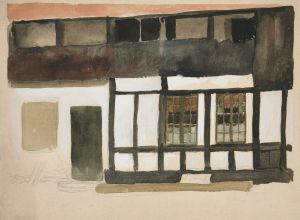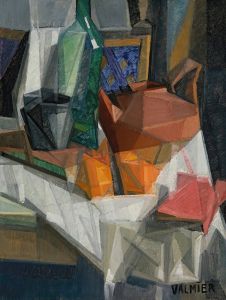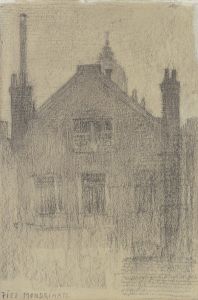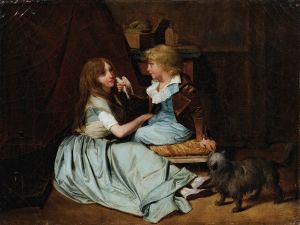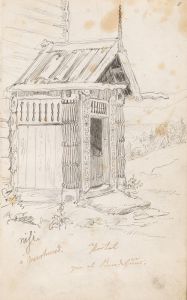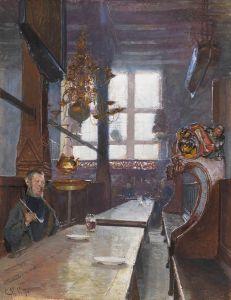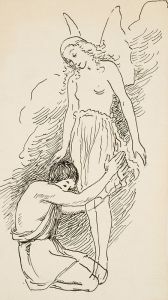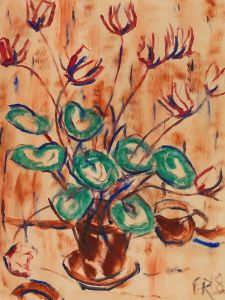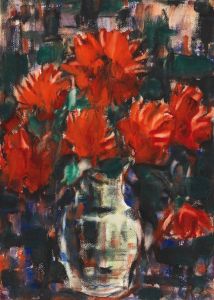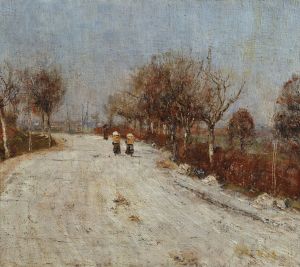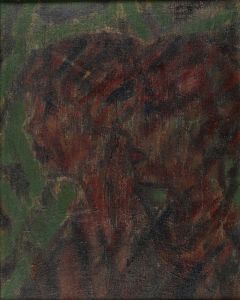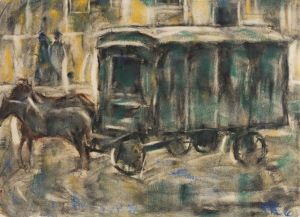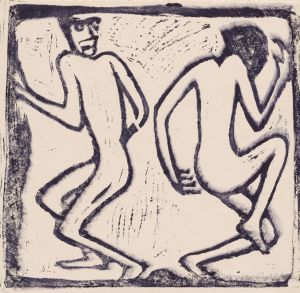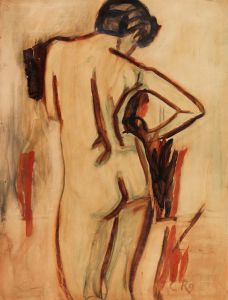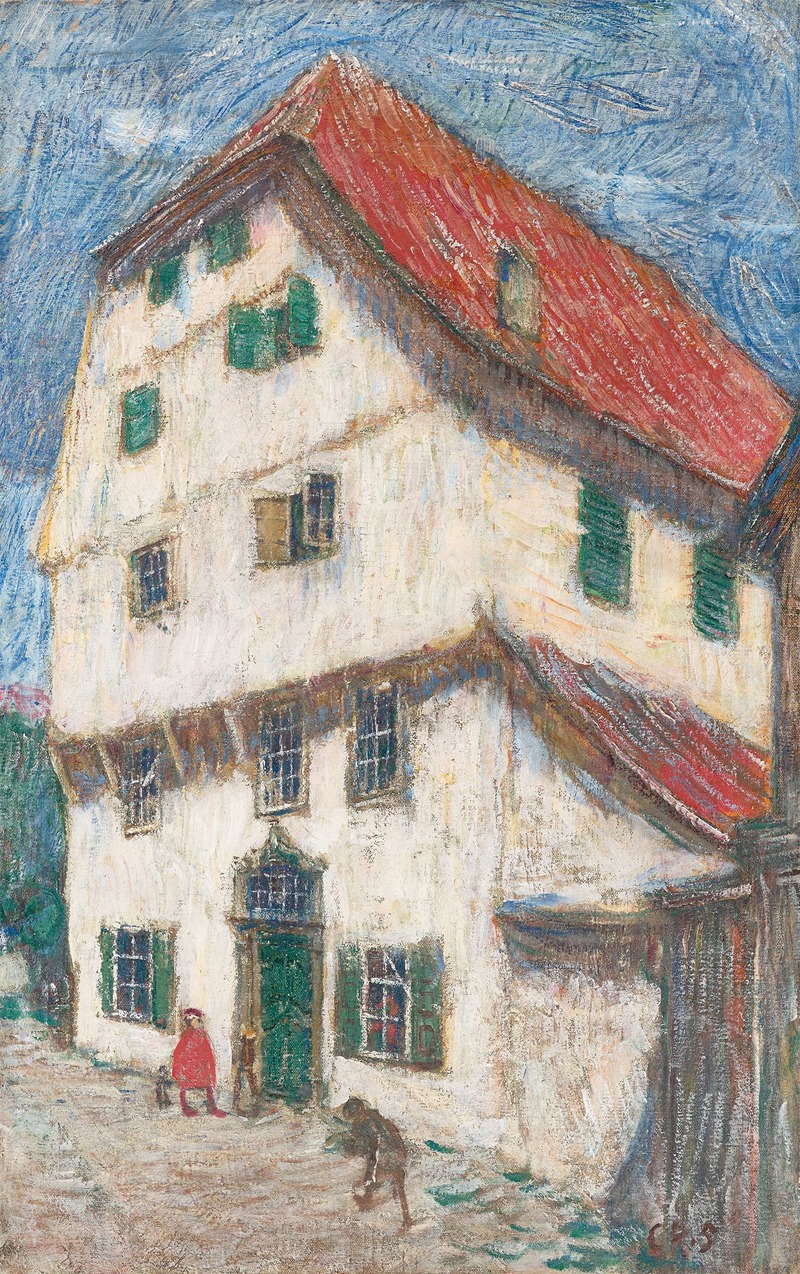
Haus der Familie Andernach in Soest
A hand-painted replica of Christian Rohlfs’s masterpiece Haus der Familie Andernach in Soest, meticulously crafted by professional artists to capture the true essence of the original. Each piece is created with museum-quality canvas and rare mineral pigments, carefully painted by experienced artists with delicate brushstrokes and rich, layered colors to perfectly recreate the texture of the original artwork. Unlike machine-printed reproductions, this hand-painted version brings the painting to life, infused with the artist’s emotions and skill in every stroke. Whether for personal collection or home decoration, it instantly elevates the artistic atmosphere of any space.
Christian Rohlfs was a German painter, known for his contributions to Expressionism. Born on December 22, 1849, in Groß Niendorf, Germany, Rohlfs developed a distinctive style that evolved significantly over his lifetime. His work is characterized by a bold use of color and dynamic compositions, often exploring themes of nature and human emotion.
One of Rohlfs' notable works is "Haus der Familie Andernach in Soest." This painting reflects his mature style, where he embraced the principles of Expressionism, focusing on the emotional experience rather than the physical reality of the subject. The painting depicts a house belonging to the Andernach family in Soest, a town in North Rhine-Westphalia, Germany. This region, with its rich history and picturesque landscapes, provided ample inspiration for Rohlfs and other artists of his time.
Rohlfs' journey as an artist began with his studies at the Grand-Ducal Saxon Art School in Weimar, where he initially focused on academic painting. However, his style underwent significant transformation after he encountered the works of the Impressionists and Post-Impressionists. This exposure led him to experiment with color and form, gradually moving away from realism towards a more expressive approach.
In the early 20th century, Rohlfs became associated with the Expressionist movement, which sought to convey emotional experiences rather than physical reality. His work during this period is marked by a vibrant palette and a focus on the subjective interpretation of his subjects. "Haus der Familie Andernach in Soest" exemplifies these characteristics, showcasing Rohlfs' ability to capture the essence of a place through his unique artistic lens.
The painting likely captures the architectural features and the surrounding environment of the Andernach family's house, interpreted through Rohlfs' expressive style. His use of color and brushwork would have been intended to evoke the mood and atmosphere of the scene, inviting viewers to engage with the emotional undertones of the work.
Christian Rohlfs' contributions to art were recognized during his lifetime, and he became a respected figure in the German art scene. He was a member of the Berlin Secession, an influential group of artists who sought to break away from traditional academic art. Despite facing challenges, including the political turmoil of his time, Rohlfs continued to create and exhibit his work until his death on January 8, 1938.
Today, Rohlfs' paintings are held in various collections and museums, reflecting his enduring influence on modern art. His work, including "Haus der Familie Andernach in Soest," continues to be studied and appreciated for its innovative approach and emotional depth. Through his art, Rohlfs invites viewers to explore the interplay between color, form, and emotion, leaving a lasting impact on the world of Expressionism.





